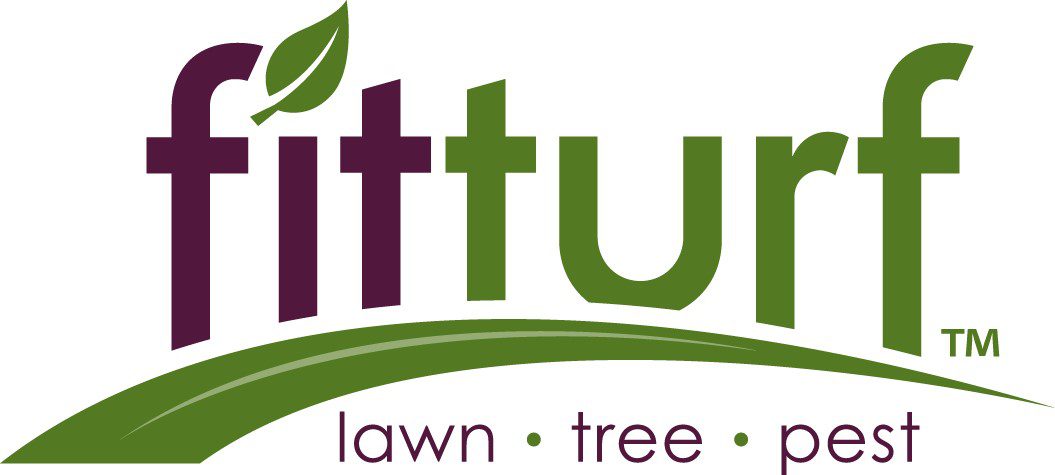Dealing with Bluegrass Billbug Infestations
Tips for Dealing with Bluegrass Billbugs
If you have a lawn rich with cool-season grasses, the bluegrass billbug is your mortal enemy. These weevils, known scientifically as Sphenophorus parvulus, are a pest that can cause major damage to turf lawns in Michigan and Colorado. They don’t just attack Kentucky bluegrass, either. Those with perennial ryegrass and fescue lawns may also be at risk. The Fit Turf team is here with advice for dealing with billbugs so they won’t destroy the grass you hold dear.

How to Identify Billbugs
Seeing a bluegrass billbug is like seeing a horror movie monster for some turf-lovers. Adult billbugs look similar to beetles — they are gray to black in color and measure ¼- to ½-inch in length. They also have a snout or bill, which is how they got their names. You’ll see migrating billbugs in May or August on your sidewalks and in the lawn in July in the aftermath of damage.
You’ll also need to identify bluegrass billbug larvae. These are about 5/8-inch long with a soft white body and a hard yellow to brown head. These humpbacked legless grubs are even more dangerous to lawns than the adults; the larva feeds inside the grass stem or on roots while the adults are content to eat the blades or outer stems.
Signs of Billbug Damage
Billbug damage usually starts to appear in July. This is when the adults have finished migrating and the larvae have reached peak density. The five biggest signs of bluegrass billbug damage are:
- Circular or irregular patches of dead grass scattered around the lawn. These are especially common near sidewalks and curbs, which provide shelter for larvae.
- The grass in any of your lawn’s “dead areas” has hollow stems and pulls up easily.
- Larvae are present as deep as one inch in the soil or directly under the grass crown.
- There is yellow sawdust-like frass in the grass root zone.
- Adult billbugs are present in the grass next to dead areas.
The new generation of adults typically emerges in early August and begins moving away from lawns to find a place for the winter. However, the damage has already been done. Just remember: if you see crop circles on your lawn, it’s probably not aliens — it’s bluegrass billbugs.
Managing & Preventing Bluegrass Billbug Damage
Cultural Billbug Control
Taking care of your lawn is the best defense against billbug damage. July and early August are the times when your turf is most at risk. Therefore, it is vital to adequately irrigate and fertilize your lawn during this stress period. Maintaining a lawn’s health will help offset the damage these pests cause. You should also use grass seed that contains endophytic fungi, which provides some resistance against billbugs. Bluegrass seed from Delta, Ram 1, Newport, Touchdown, Park Fylking and Nudwarf are known to have billbug resistance. Conversely, Nugget, Pennstar, Merion, Sodco, Windsor and Kennblue are particularly vulnerable.
Insecticide & Chemical Use
Insecticides should only be used for heavy infestations. Preventative application isn’t recommended, as insecticides will also destroy billbugs’ natural parasite predators. If your lawn has significant billbug turf injury come July, you should apply insecticide the following June. Use one formulated for grubs and soil insects and when you’re finished, irrigate the lawn with ½-inch of water to help work the insecticide into the soil. If billbug damage is localized, treatment should be localized too.
Biological Control of Billbugs
Another option is to use insect-parasitic nematodes. Applying these microscopic roundworms in late June or early July has shown to be effective for controlling billbug larvae and other grubs. Irrigate the turf with ½-inch of water to prepare it, then mix the nematodes with water and spray them onto your lawn. Add another ½-inch of water to get them into the soil. All this should be done in the early morning or evening. Nematode effectiveness is excellent at first, but most of them with have died off by the following June, so you will need to apply them again.
Bluegrass Billbugs vs. White Grubs
People often confuse billbugs with white grubs. To the untrained eye, these beetle larvae often look similar to billbug larvae. However, there are three distinct differences that will help you determine what actions to take for your lawn.
- Turf damaged by white grubs can be peeled back in large swathes like a carpet or area rug, revealing white C-shaped larvae underneath. These areas also attract skunks and raccoons that dig up the turf in search of these grubs. Billbug damage is more localized in nature, does not create this peeling effect and typically does not attract mammal predators.
- Damage from white grubs usually happens in September and October. Billbugs cause their damage in July and early August with a peak in late July.
- Preventative insecticides applied when the eggs hatch are the best way to stop white grubs. For bluegrass billbugs, proper lawn care and nematodes are best, with insecticides being a last resort.
We hope this guide has given you the advice you need for effective billbug control. Contact Fit Turf if you need additional assistance dealing with bluegrass billbugs on your Colorado or Michigan lawn.


